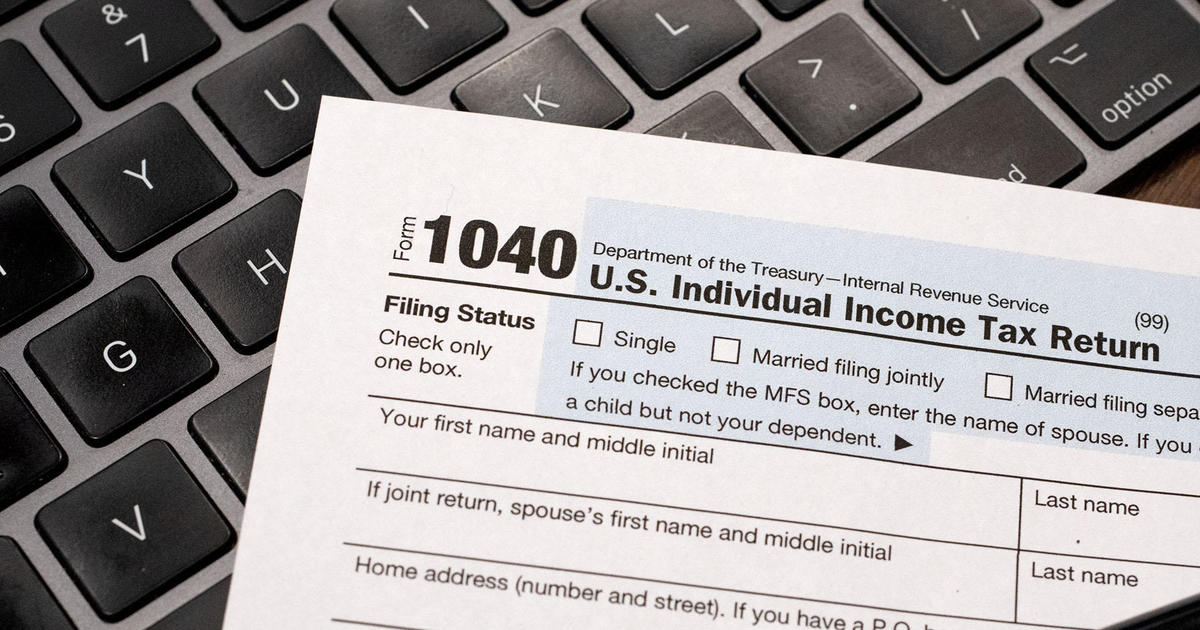IRAs: Spousal IRAs
BOSTON (CBS) - Spousal IRAs are used for an unemployed or underemployed spouse. They are considered an "at home nonworking spouse", a term coined by Congress in its infinite wisdom.
This is an IRA funded for a spouse with little or no income by a working spouse with income. Their combined income must be at least equal to the amount contributed and they must file a joint tax return for the year the IRA is set up.
In essence to set up a spousal IRA the nonworking spouse "borrows" income from the working spouse. The IRA belongs to the nonworking spouse and she or he can name a beneficiary and choose what the IRA should be invested in.
For example, one spouse is at home with the twins and only works part-time and earns $2,000 this year. The other spouse earns $85,000. The "at home spouse" can set up an IRA for the maximum of $5,000 using their joint income.
As always there are a few more rules before you are home free. If you make too much money the government will not allow you to set up that Spousal IRA. Eligibility is phased out once joint AGI (adjusted gross income) is between $173,000 and $183,000. If you are lucky enough to earn over $183,000 the government figures you can do your own retirement planning.
You can set up a traditional IRA or you can use a Roth IRA. If the "at home spouse" is under 40, I would recommend using the Roth IRA. There are lots of good calculators online to help you figure out whether a current deduction or tax-free future income is the better deal. The younger you are the sweeter the deal for tax-free income.
Many couples are making some tough decisions about having one parent staying at home when their kids are little. But if the stay-
parent is out of the job market for 15 years, between the ages of 30 to 45, those 15 years could put a big hole in their retirement planning.
If you use a spousal IRA over those years and contributed on average $3,000 a year you would have contributed $45,000 to the spousal IRA. Now if we assume an 8% return once you reach age 65 you could have over $400,000 in your nest egg. Not bad! If I assume a 9% percent return the nest egg could grow to over $500,000. ($538,000)



